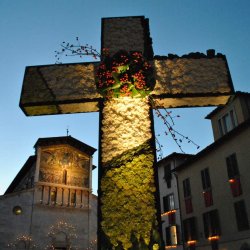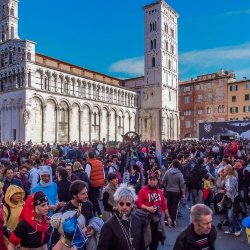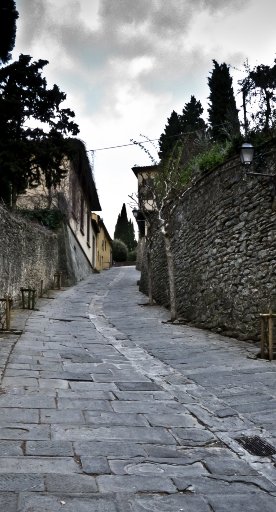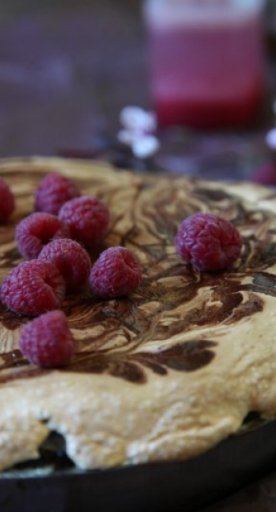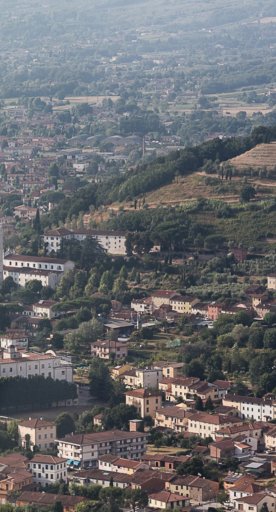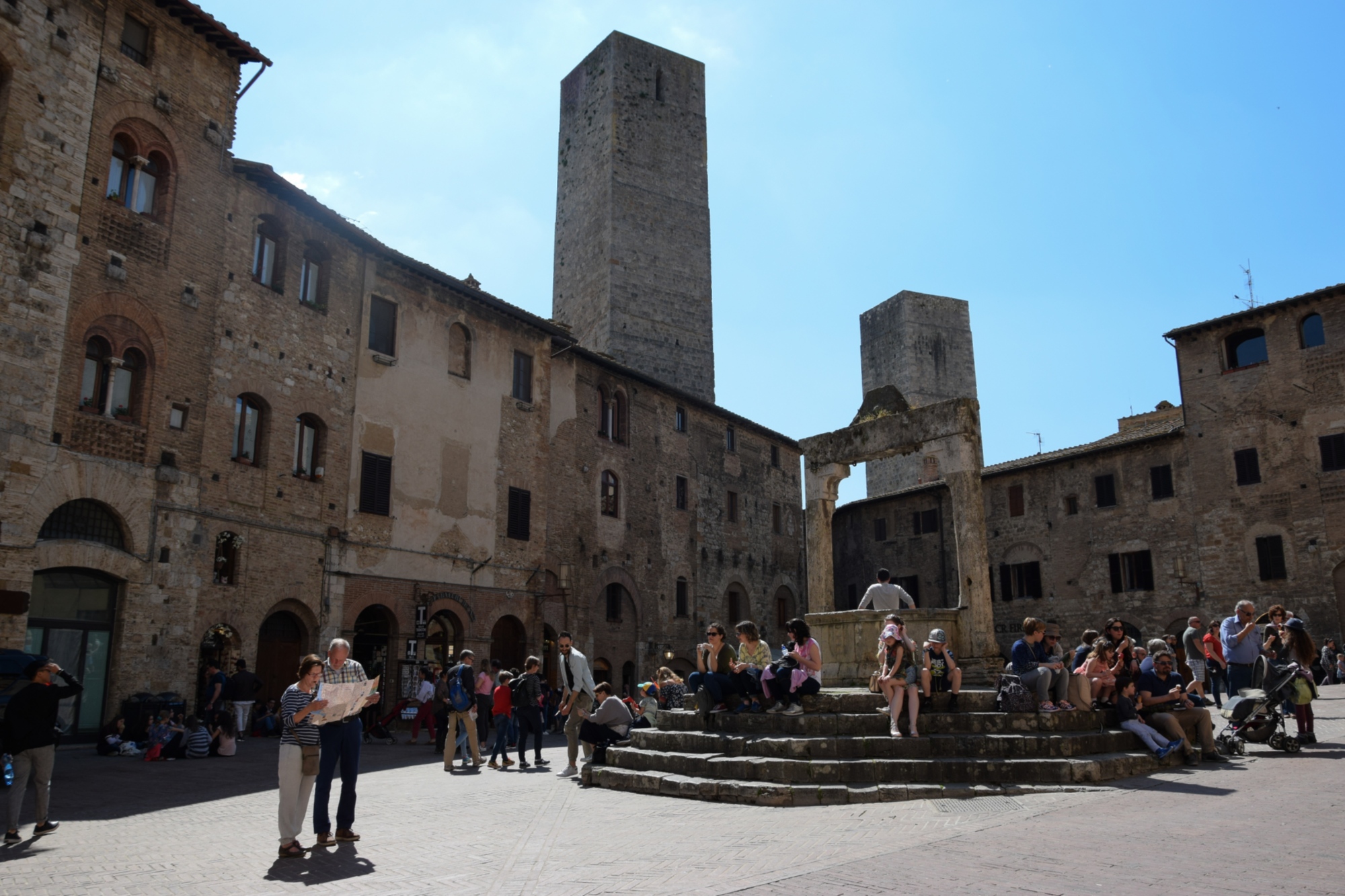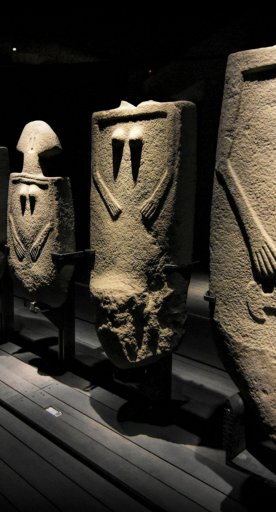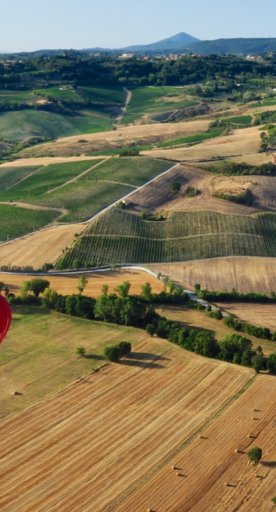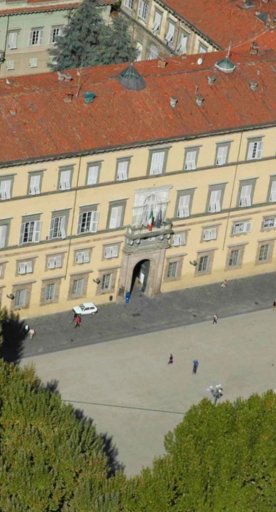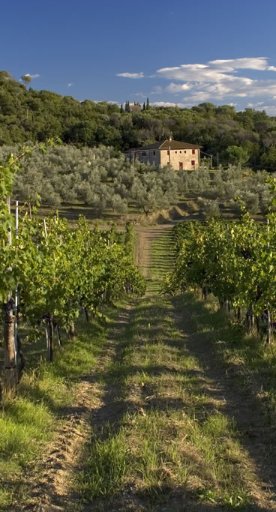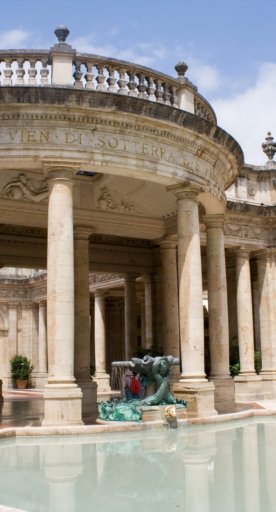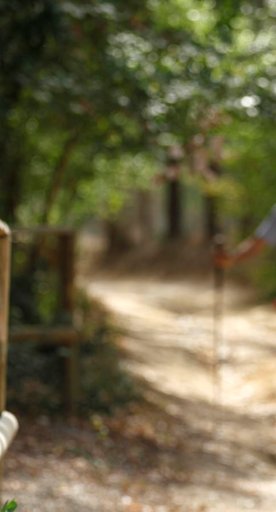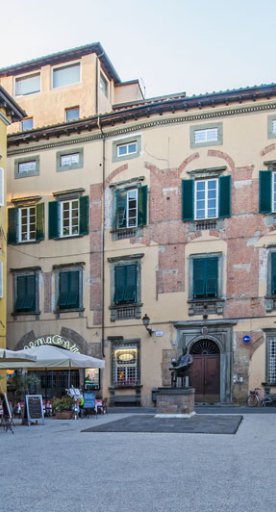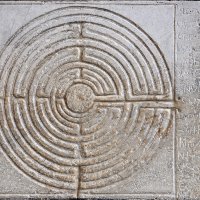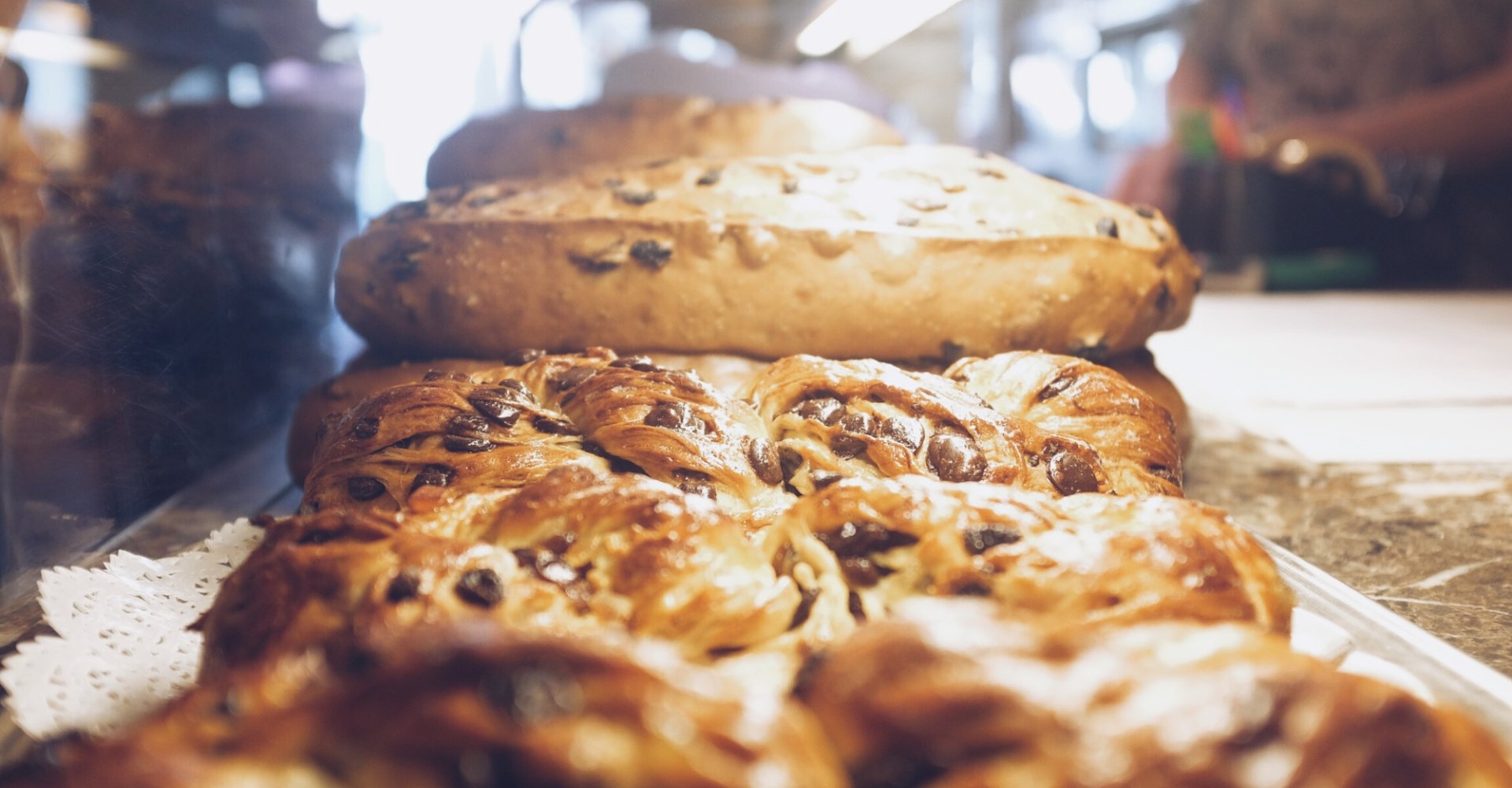

Flavours along the Via Francigena: pilgrim's dishes
From the Middle Ages to the present day, several foods have always accompanied pilgrims' journey along the Tuscan Francigena
In the Middle Ages, the journey to Rome was one of the three major pilgrimages (with the other two being the pilgrimage to the Holy Land and the Camino de Santiago). Many believers used to walk the Via Francigena to visit the tomb of Peter the Apostle in Rome.
Today, the centuries-old route offers an itinerary that incorporates the new style of slow travel. It runs from England and passes through France and Switzerland before finally arriving in Italy. In Tuscany, there are about 400 kilometres of routes which begin by entering Lunigiana from the Cisa Pass and end in Val d'Orcia, after passing through Radicofani.
The Via Francigena has become a path to discover unique landscapes, works of art and characteristic villages, as well as the local food and wine tradition. All along the itinerary you can find historic flavours, handed down through recipes and traditions.
-
1.Soups
-
2.Testaroli and panigacci
-
3.Herb and vegetable pies
-
4.Altopascio Bread
-
5.Desserts
-
6.The flavours of the Via Francigena: the ideal aperitivo
Soups
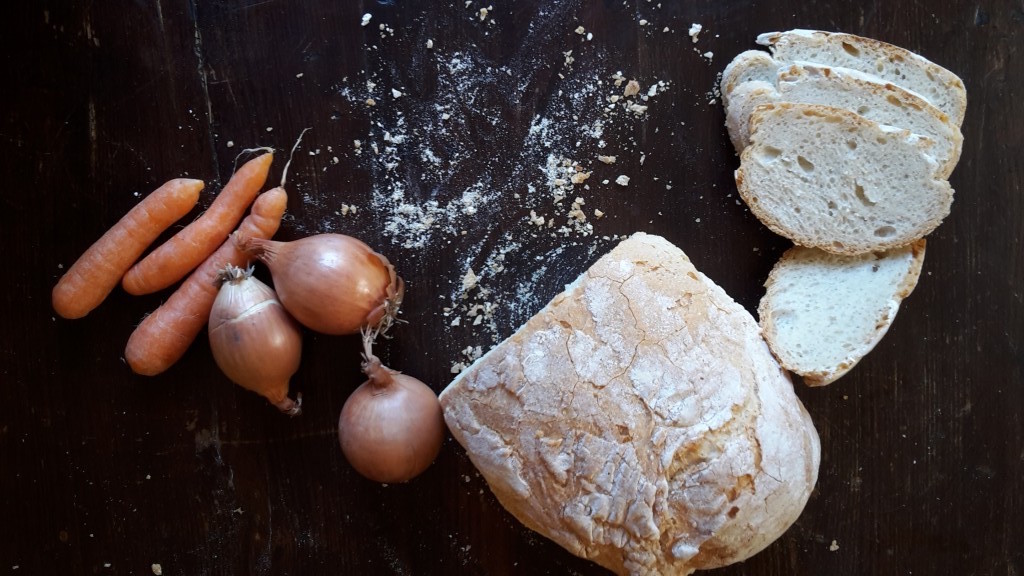
Vegetables, cereals and legumes have always been part of the countryside tradition. Simple yet nourishing dishes were created to provide sustenance. Many of these were often served to pilgrims, also prepared with stale bread. In Tuscany, you can still taste many of these, such as acquacotta or zuppa di cipolle (onion soup).
Among the most popular is Ribollita, made with black cabbage, bread, winter vegetables and legumes. Cooked throughout the region, ribollita has many variations, of which the best known along the Via Francigena is Frantoiana soup, typical of the Lucca area, where it's enriched with pancetta. It's served with just a drizzle of extra virgin olive oil: Lucca's is DOP.
Testaroli and panigacci
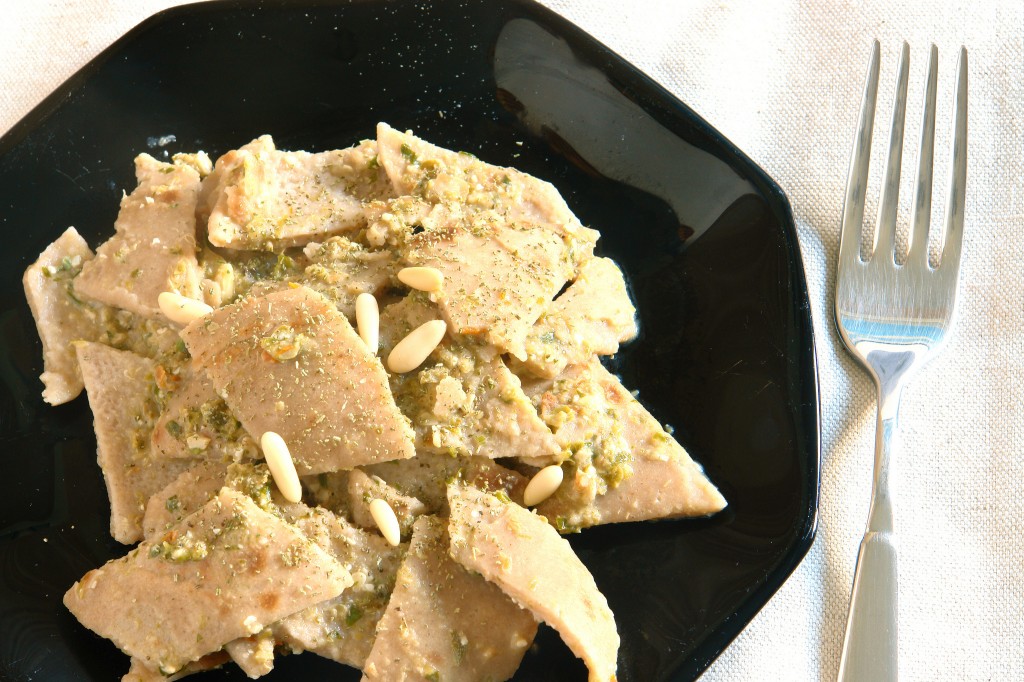
Cooking in testi has been handed down in the mountain villages of Lunigiana. These are traditional containers that are placed directly in the fire, used to prepare centuries-old recipes.
Testaroli is one such dish, a type of fresh pasta prepared with wheat flour, water and salt, taking the name of the pot. It's usually served with basil pesto, olive oil and cheese, or a garlic and nut sauce.
Panigacci are typical of the Lunigiana area. It's an unleavened bread with a spectacular cooking display: the batter, based on water and flour, is placed on red-hot terracotta discs; these are stacked on top of each other and placed on the grill. It's a technique that has remote origins, probably linked to the need to prepare a meal very quickly and for several people at the same time, so it made the most of the hours of light needed to work. Panigacci are usually accompanied with local cold cuts and fresh cheeses, and it's likely that it was served to pilgrims who crossed these lands.
Herb and vegetable pies
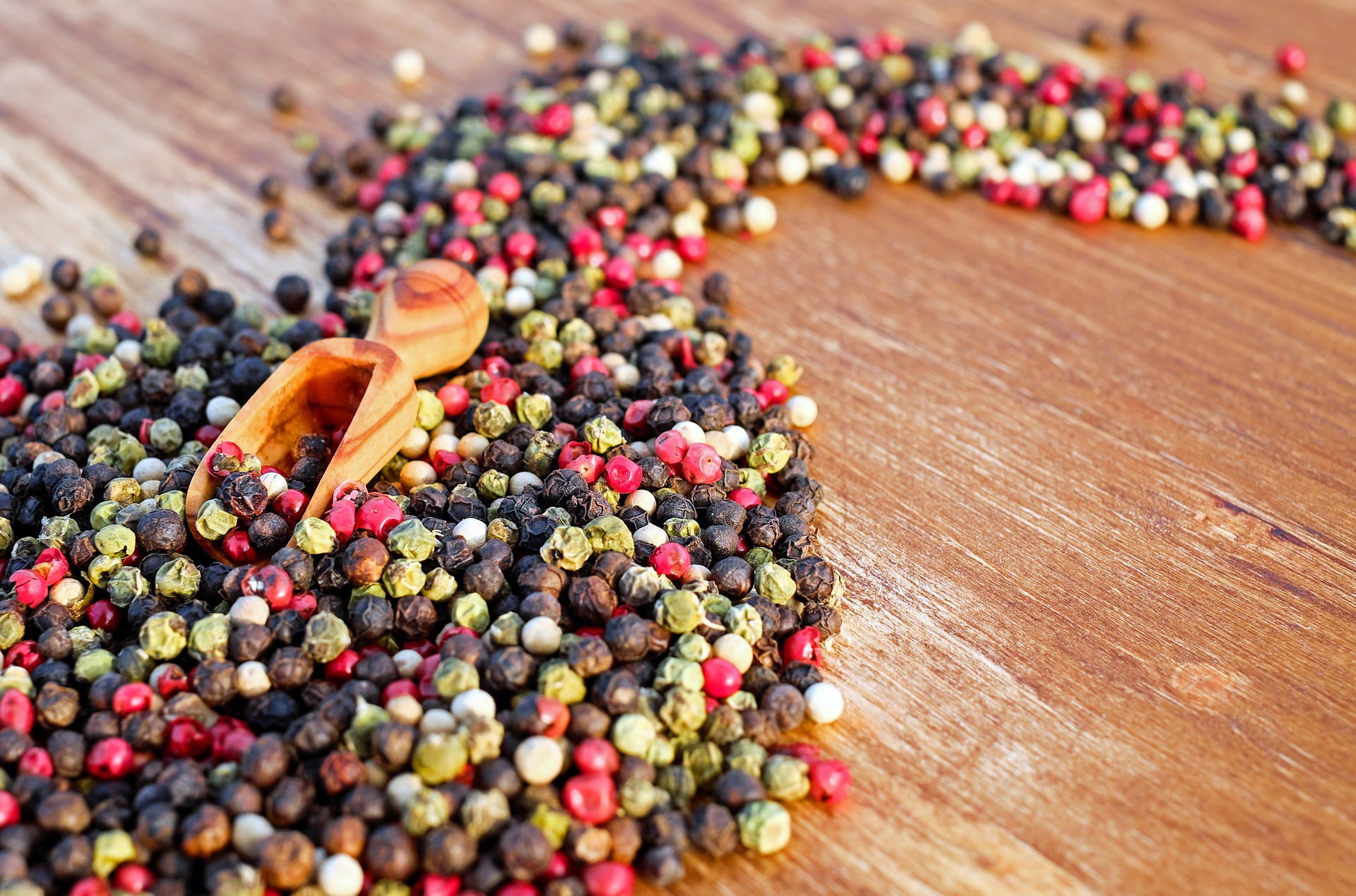
Simple country cooking tradition often used a base of flour and vegetables to create tasty dishes that were widespread in the mountain regions such as the Versilian Riviera and the Lucca area.
Torta d’Erbi (herb pie) is a typical dish from Lunigiana, made from a recipe that follows the slow rhythm of the seasons. With a round shape and a green filling, the pie has been prepared for centuries using only wild herbs, which is why it's easier to find from March to May and from September to December.
Similar to this is Torta co ’Becchi, prepared in the Lucca area. Compared to the Lunigianese recipe, Torta co ’Becchi has pine nuts and many spices, including cinnamon, which give it a unique flavour that's balanced between sweet and salty.
In Camaiore, you can taste Torta di Pepe, a spicy rice cake typical of the Easter period, and Scarpaccia, a sort of savoury pie made with eggs and courgettes. Its origin is traced back to the 14th century when Castruccio Castracani found himself without food to feed his army. He ordered food from the local farmers, and they only managed to obtain three ingredients: flour, eggs and courgettes with their flowers.
Altopascio Bread
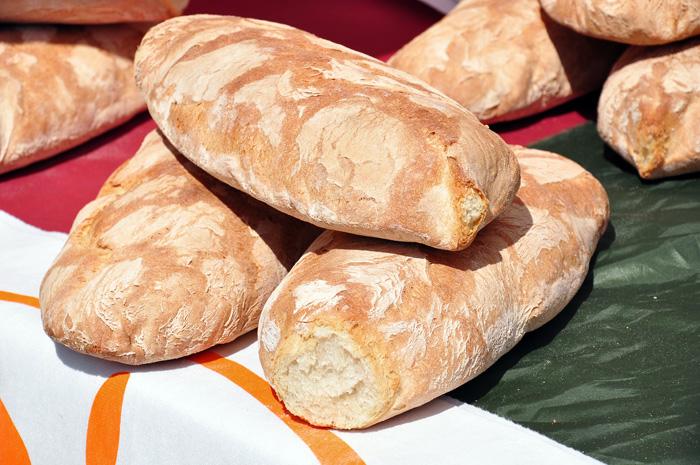
The tradition of pilgrim hospitality has one of its oldest institutions in Altopascio: the monastic order of the Knights of the Tau opened the doors of the Spedale to travellers who needed rest and refreshment. Faithful to the values of hospitality, the monks never let new arrivals go without bread, which they made unleavened and without salt.
The traditional recipe that has come down to the present day has earned Altopascio the nickname of the "city of bread". It's made in a loaf shape and is characterized by a crunchy crust and a very soft crumb. The area's water is key, giving the sconcia (dough) a unique flavour.
Desserts
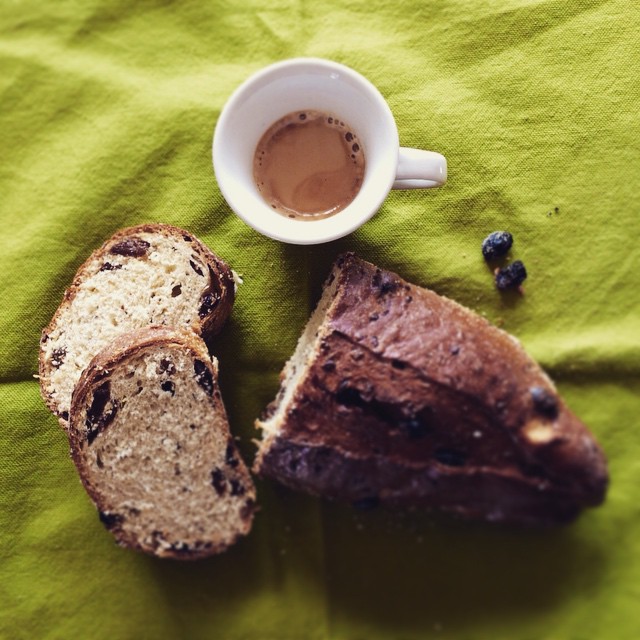
Along the Tuscan stretch of the Via Francigena, even the desserts reveal the deeply historical traditions and, unlike many recipes, they were often destined for noble tables.
Buccellato di Lucca is rich in raisins and aniseed and was formed in the 15th century as a Sunday dessert for the richest families, as was Panforte di Siena. The latter, whose origin dates back to the Middle Ages, was initially prepared by the apothecaries who guarded the recipe and were in possession of the raw materials needed to make it such as dried fruit, candied fruit and spices. Since these were expensive ingredients, panforte was only made to delight nobility during holiday periods.
Spongata della Lunigiana is another historic dish. It's a cake filled with a mixture of honey, spices and dried fruit.
Although these desserts were not originally created as dishes for ordinay folk, they soon entered popular tradition, becoming a delicious end to a meal for modern pilgrims.
The flavours of the Via Francigena: the ideal aperitivo
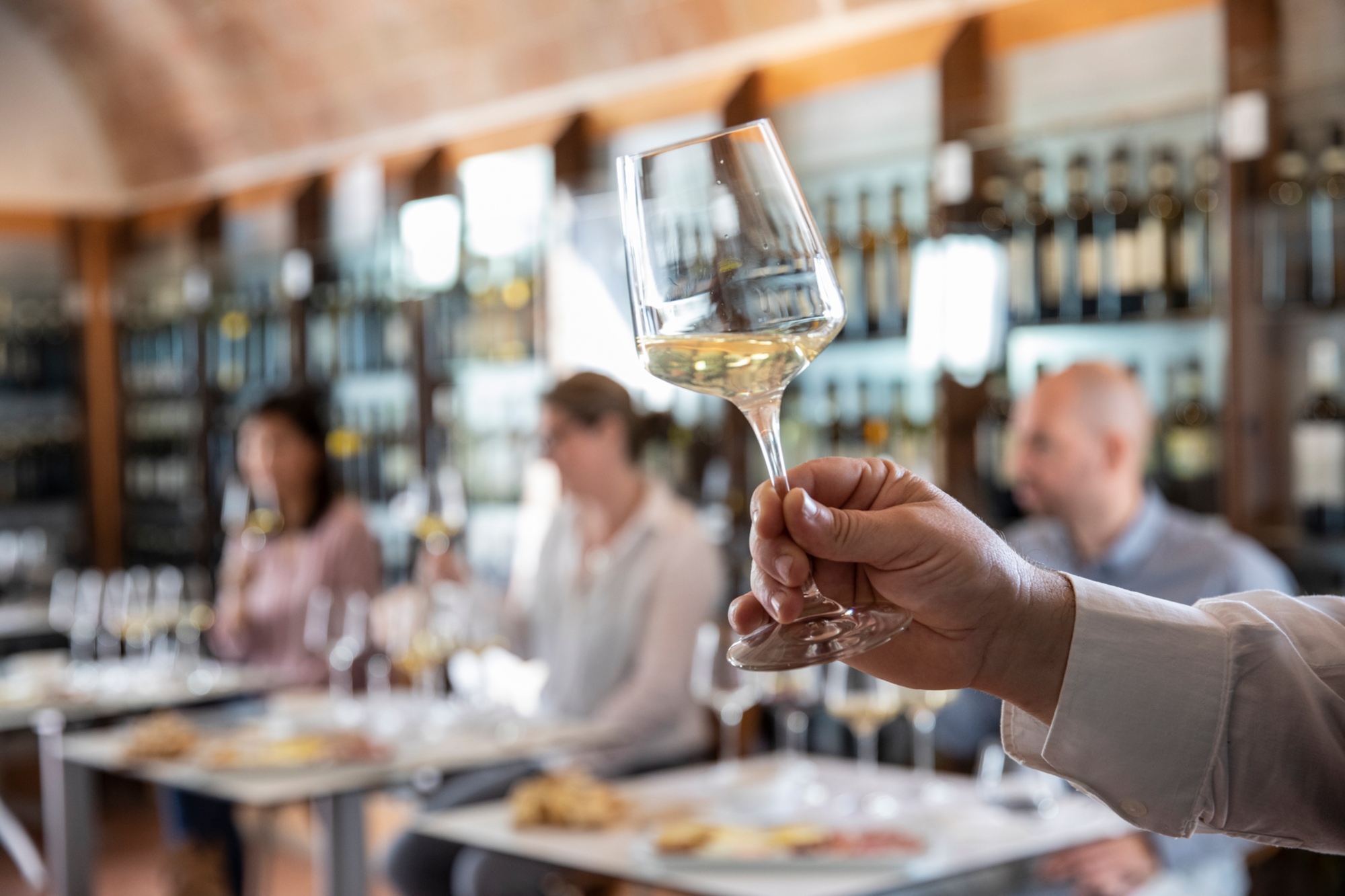
Many of the traditional dishes that can be found along the Tuscan Francigena are centuries old. Between Siena and the Val d’Elsa, Cinta Senese cured meats stand out, made from a pig breed that has been reared here since the Middle Ages.
Pecorino Toscano DOP is widespread throughout Tuscany. The sheep's milk cheese has a pale yellow-white colour and a delicate, not spicy flavour. The first historical evidence of the spread of this cheese is by Pliny the Elder who attested to its presence in the Luni area (today's Lunigiana).
Among the products of medieval origin that can be tasted in a glass is Vernaccia di San Gimignano, a white wine that was already enjoyed in the 14th century and mentioned by Dante in the Divine Comedy.





